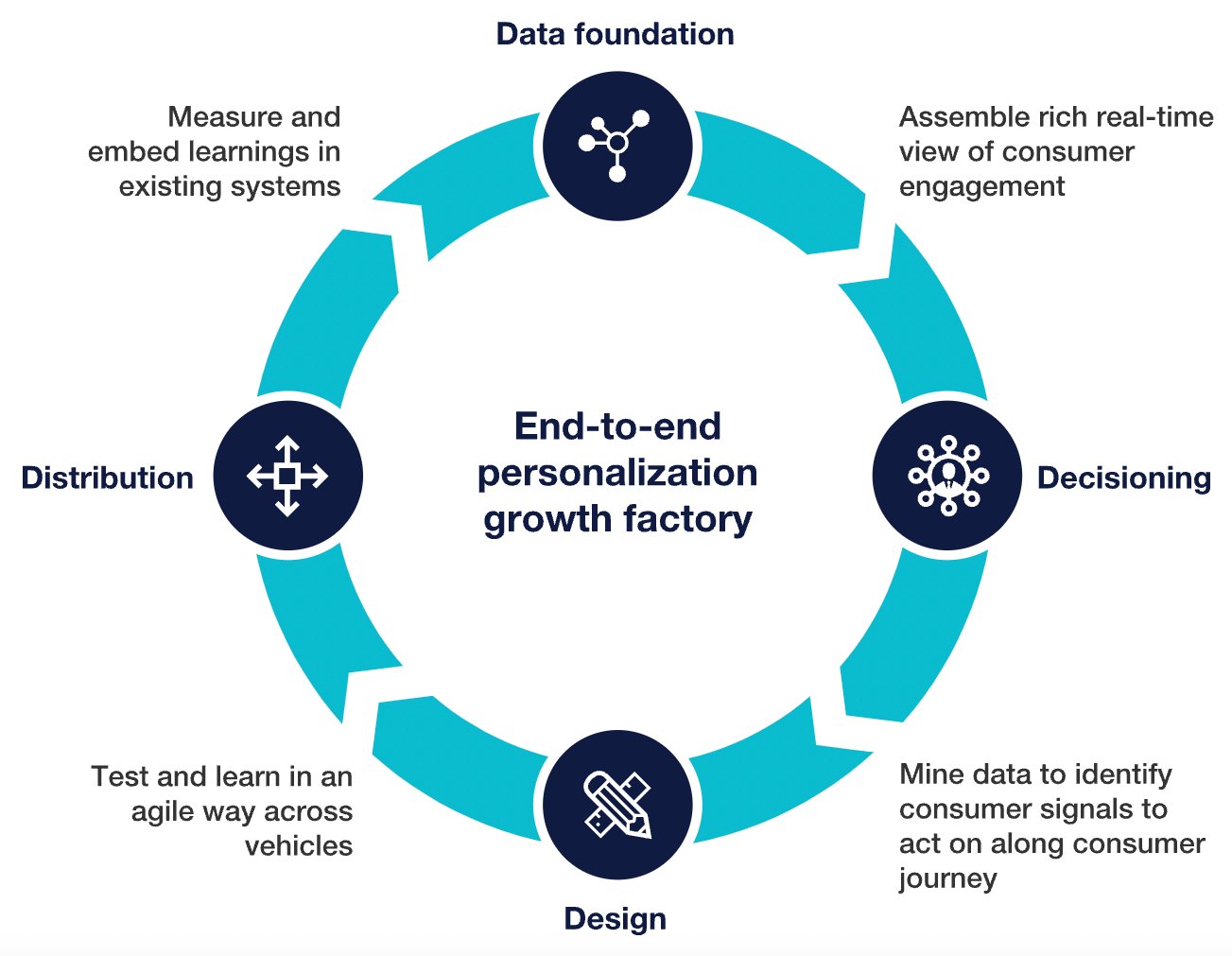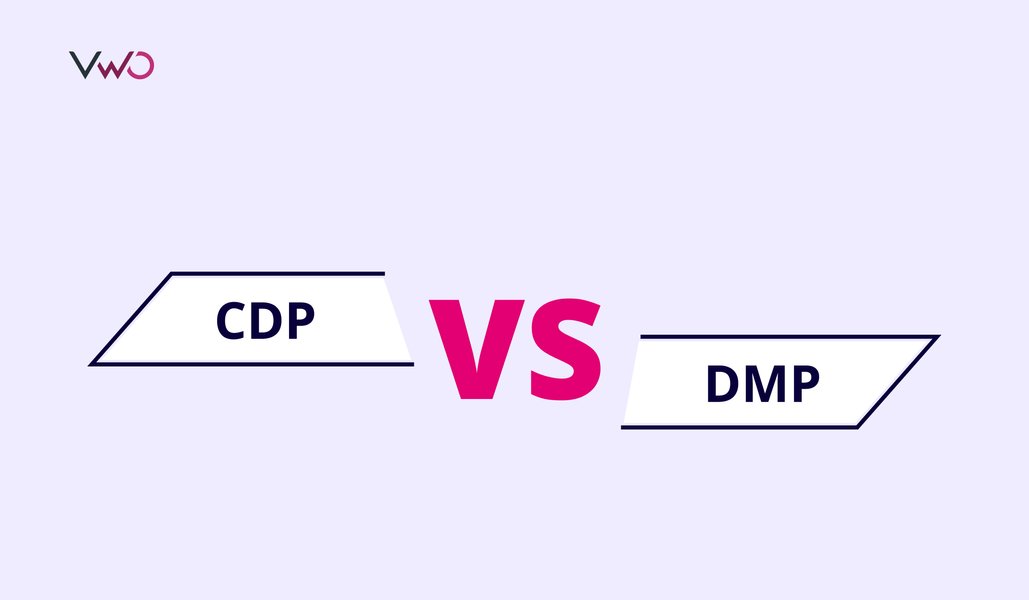A Customer Data Platform (CDP) is a must-have for modern businesses!
You’ve probably heard this phrase before and might be considering exploring what a CDP can do for your business, perhaps even thinking about investing in one.
To help you with your decision-making process, here are 25 key statistics about CDP. These insights will give you a clearer understanding of the CDP market, growth trends, proven ROI, budget considerations, and the challenges involved, helping you build a well-rounded picture as you evaluate your options.
Let’s dive in.

(Source: Markets And Markets)
Top-performing companies are trying to harness real-time or near-real-time user data to deliver personalized experiences at lightning speed. At the heart of this data-driven approach is the CDP – the central hub for data management and utilization. With its growing adoption, the CDP market has crossed the seven billion-dollar threshold, reflecting its critical role in modern business strategies.
(Source: Data Bridge Market Research)
As technologies like Gen AI become integral to daily business operations, the demand for a centralized data management tool is increasing across all sectors. The statistics reflect this massive growth compared to USD 7.8 billion in 2024.
(Source: Research and Markets)
The adoption of CDPs has primarily been driven by enterprises, but small and medium-sized enterprises (SMEs) are quickly catching up. This stat indicates that more players in the small market segment are recognizing the importance of strategic data management and are leveraging CDPs to deliver stellar experiences to their customers.
(Source: Mordor Research)
The growing number of organizations entering the CDP market underscores the high demand for this solution. This rising competition will likely drive further investment in CDP technology improvements, ultimately allowing businesses to use it to create even more exceptional user experiences.
(Source: Global Market Insights)
The analytics segment of CDP is seeing increased usage, signaling that businesses are focusing on extracting insights from the vast amounts of data they collect from various sources. This trend highlights the growing need for data-driven decision-making, driven by the desire to understand customer behavior and preferences better.
(Source: Forrester)
The CDP market in the Asia Pacific (APAC) region is seeing significant growth, with average revenue for CDP vendors doubling over the past two years. This growth is driven by investments from leading CDP vendors in regions like the USA, alongside the rise of regional players in countries such as China, Australia, and New Zealand.
(Source: Technavio)
The North American CDP market is expected to witness substantial growth. This is happening because of increased enterprise investments in customer data analytics, the presence of leading CDP marketers and solution providers, the massive amount of data generated across various sectors, and the rising adoption of big data technologies.
(Source: Mordor Research)
The dominance of the U.S. in the CDP market is undeniable, with 72 suppliers headquartered in the country. Major players like Salesforce, Oracle, and Tealium, all based in the U.S., hold a substantial share of the market, proving the nation’s leadership in the CDP industry.
(Source: KBV Research)
The use of CDPs is on the rise across various sectors in Canada, including retail, IT, telecommunications, banking, finance, and travel. Leading players in the Canadian CDP market, such as Segment, Tealium, Zaius, and Lytics, are driving this growth, further cementing CDP’s presence in the country.
(Source: KBV Research)
Mexico’s CDP market is competitive and expanding rapidly, contributing to North America’s stronghold in the CDP sector. Segment, a CDP giant, leads the Mexican market, followed closely by Tealium, Willdesk, and Insider.
(Source: Fortune Business Insights)
Following the USA, Europe is the second-largest player in the CDP market. The UK and France are in charge of numerous companies offering CDP solutions. Additionally, with GDPR regulations in place, all European providers ensure their solutions are fully compliant.
(Source: KBV Research)
European enterprises are ramping up their investment in omnichannel marketing, with a recent IDC survey revealing a planned 15% budget increase. As CDPs serve as the backbone of any effective omnichannel strategy, this increase in spending directly translates to a growing demand for CDPs.
(Source: Fact.MR)
Asia-Pacific is quickly becoming a major hub for CDP growth, driven by rapid adoption in countries like Japan. Leading companies like Tealium and Segment are expanding their customer base in Japan, driving market expansion.
(Source: IndustryARC)
CDPs empower retail and e-commerce businesses to create personalized product recommendations, reduce cart abandonment through data-driven retargeting, and enhance the overall customer experience. This capability drives the highest CDP adoption and growth rates within the industry.
(Source: Fact.MR)
Analytics forms the backbone of today’s customer experience (CX) strategies, and CDPs are essential for unifying customer data, segmentation, identity resolution, and data management. This critical role drives the rise in CDP adoption within the analytics sector.
(Source: Treasure Data)
Here is an infographic with use cases where businesses are either currently utilizing or planning to implement a CDP:

(Source: Infoverity)
It’s well-known that acquiring new customers can be up to 25 times more expensive than retaining existing ones. By leveraging data unification and streamlining through a CDP, businesses can identify customer segments at risk of churning or those not converting. Targeting these segments with hyper-personalized experiences helps reduce churn and lower CAC.
(Source: Infoverity)
CDP is the cornerstone of delivering hyper-personalized experiences. When businesses cater to customers’ unique needs, it fosters a deeper connection, significantly enhancing customer loyalty. Here is how CDP helps you build a personalization growth factory:

(Source: Infoverity)
CDP takes business analytics, omnichannel marketing, and personalization to the next level. McKinsey reported that a travel company used advanced modeling and analytics techniques powered by data from their CDP to understand how different channels influence each other throughout the customer journey. By coordinating messages across these channels, they achieved a 10% to 20% increase in conversion rates and customer lifetime value.
(Source: Infoverity)
The effectiveness of CDP in cross-selling and upselling lies in its ability to adapt to the ever-changing customer journey. For instance, an e-commerce store might offer a discount to a segment of customers who have abandoned their carts. When some of these customers complete their purchases, the CDP tracks this activity and enables you to target them with upselling or cross-selling campaigns in real time. This dynamic approach allows for more flexible and successful campaigns, leading to higher conversion rates.
(Source: Hightouch)
Investing in a CDP requires a significant financial commitment, with annual expenses often reaching six figures. Therefore, it’s crucial to have a clear understanding of your use case and how a CDP can deliver a strong return on investment (ROI) before making such a substantial investment.
(Source: Lytics)
A CDP relies on first-party data to create comprehensive customer profiles and deliver hyper-personalized experiences. However, many businesses struggle with the underutilization of this data, which hampers effective CDP adoption and its full potential.
(Source: Invesp)
First-party data is crucial for effective CDP adoption and usage, yet over half of businesses struggle to maintain high-quality, comprehensive customer profiles. This challenge impacts the accuracy of real-time customer experience optimization, limiting the full potential of CDPs.
(Source: Domo)
As previously noted, investing in a CDP is a significant financial commitment, and the implementation process can take anywhere from 6 to 12 months. This extended timeline can pose a considerable challenge for businesses.
(Source: Wavestone)
A significant roadblock for many businesses is the absence of a strong data culture and a data-driven approach. According to a Nielsen report, collecting first-party data is one of the toughest challenges marketers face. In fact, 43% of marketers from medium-sized businesses and 41% from large enterprises cited this as a major hurdle.
The statistics clearly show that the market for CDP is on the rise, with more businesses integrating it as a core component of their digital experience strategies. CDPs have proven to improve customer satisfaction, boost loyalty, and reduce acquisition costs. However, challenges such as significant investment requirements and the lack of effective data management practices could slow down widespread adoption.
If you’re considering investing in a CDP, take a look at VWO Data360. It’s designed to help businesses centralize data and gain a comprehensive, 360-degree view of their customers. VWO Data360 allows you to collate various data types, such as visitor events, attributes, behavior data, and experiment data, to derive actionable insights for improving the customer experience. For more details, visit the VWO Data360 homepage.
















